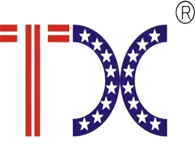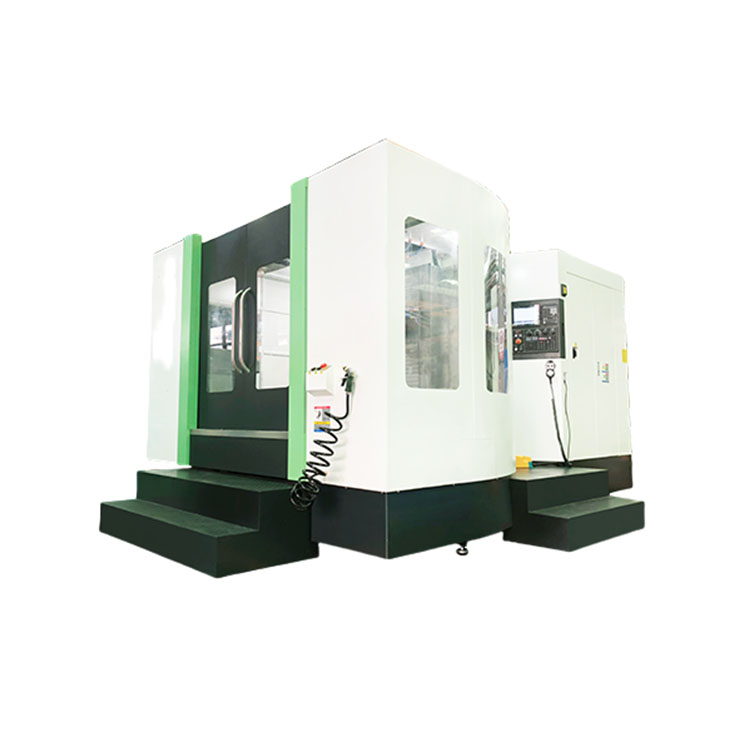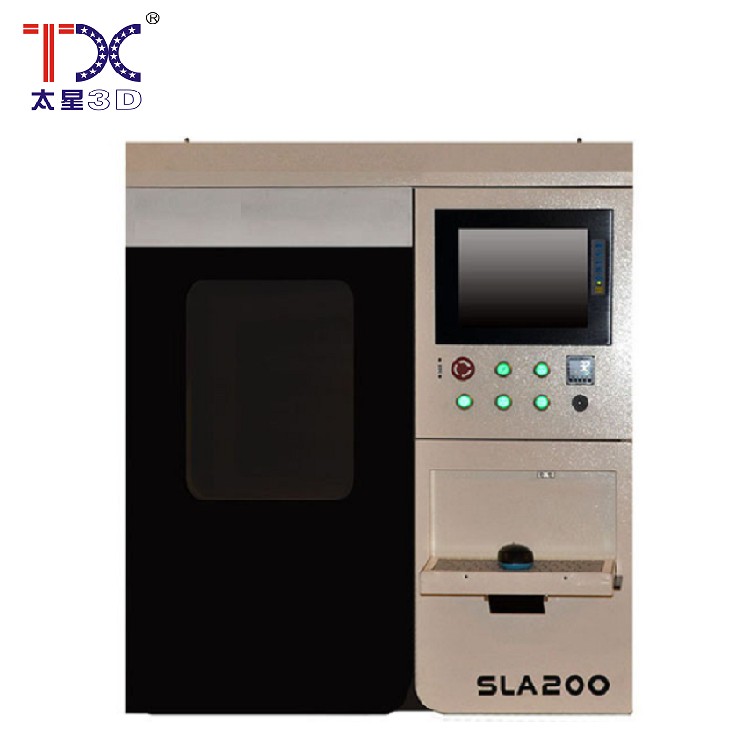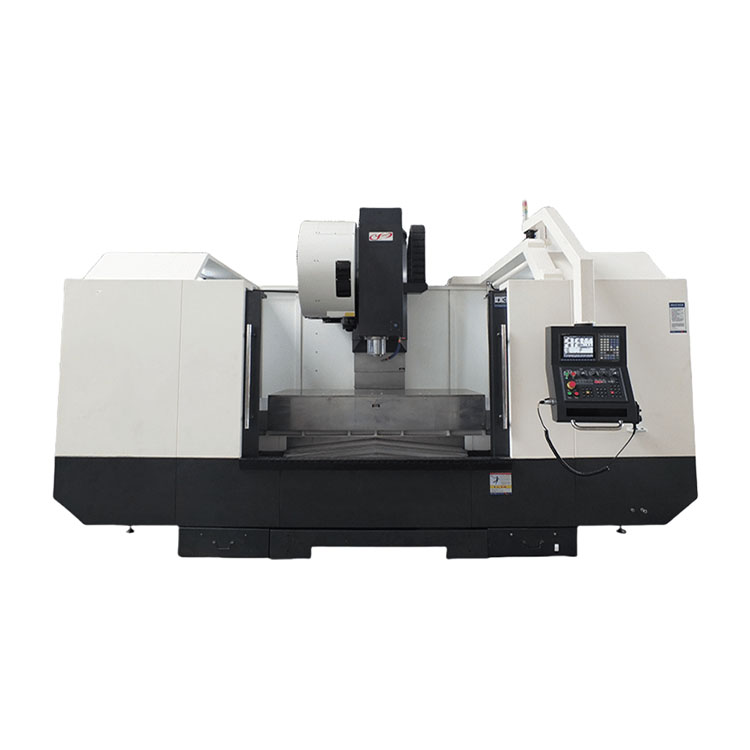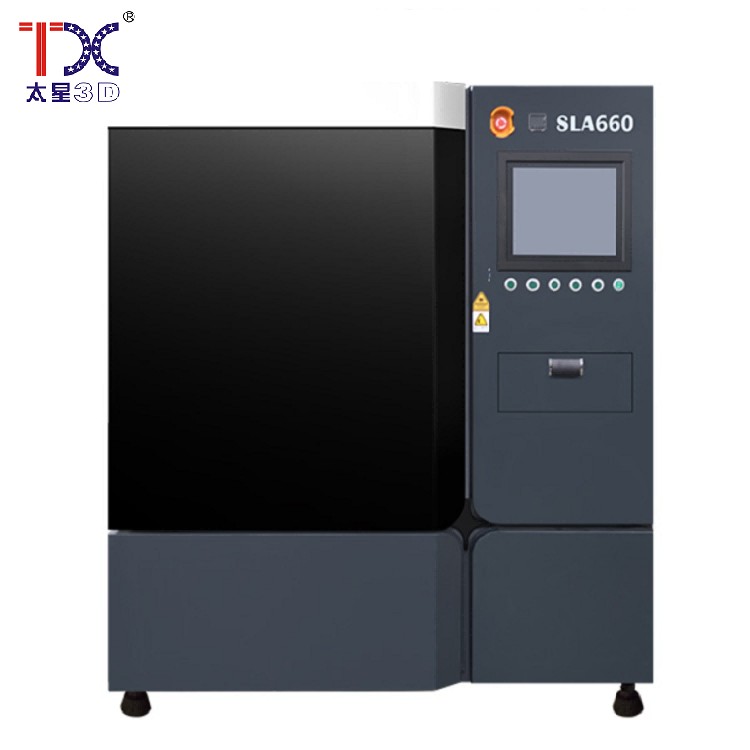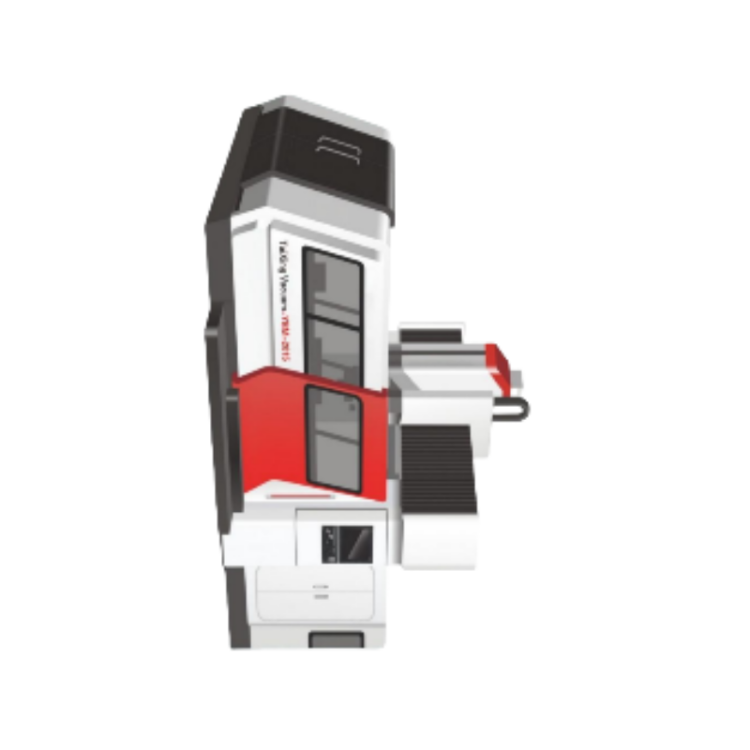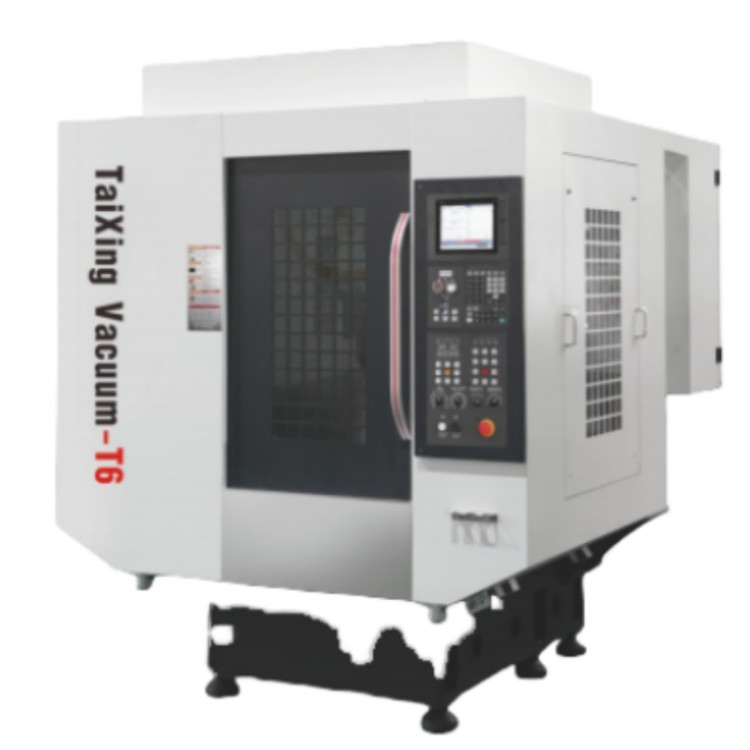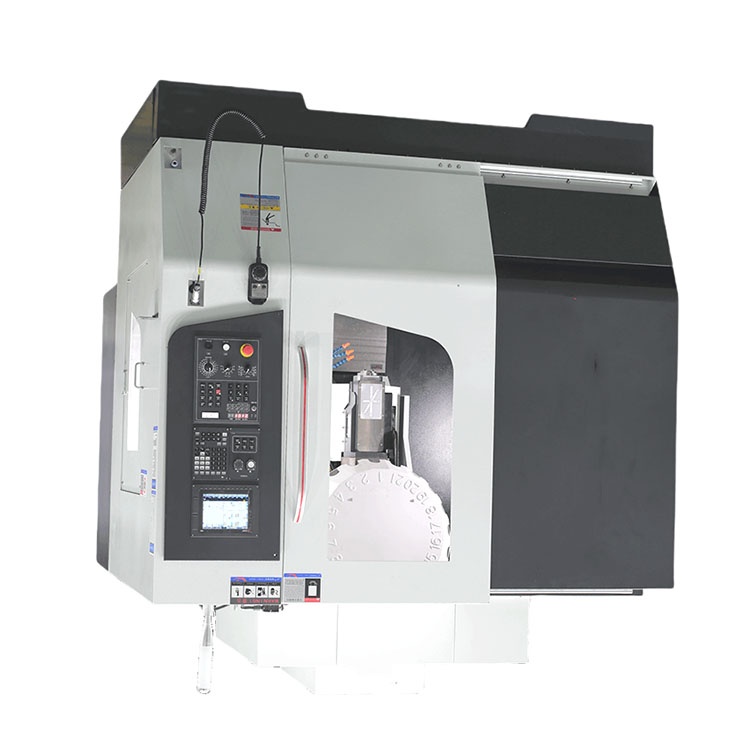
designation of the axis of the CNC machine
Designation of the axis of the CNC machine
In the world of modern industries, CNC machines play a key role. They allow you to create complex parts with high accuracy and speed, but in order for these machines to work correctly, it is necessary to understand how they work and, in particular, how different axes are designated. Imagine a machine as a complex structure, and the axes as guides along which the tools for processing the part move. To understand this system of designations means understanding the language in which they speak? These powerful cars.
Types of axes and their designation
Typically, the CNC machine has three main axes: X, Y and Z. The axis X is responsible for movement to the right and to the left (horizontally), the axis Y - for movement forward and backward (also horizontally, but perpendicular to the axis of the X), and the axis of Z - for moving up and down (perpendicular to both the previous axes). These three axes form the base, and many machines also have additional axes, for example, A, B and C, which rotate the tool or part. They allow you to perform more complex operations. The designation of the axes in Latin letters is a generally accepted standard understood by specialists around the world.
The functional purpose of the axes
Each axis performs a certain function in the processing process. The X axis is responsible for moving the tool along the length of the part, the axis Y is in width, and the axis Z - in height. The combination of displacements on all three axes controlled by CNC programs allows you to create the necessary shape. Imagine how you cut the figure on paper - each axis is responsible for the movement of scissors in the desired plane. In complex details, the values of these axes, as well as additional ones, reach complex combinations, which makes CNC machines incredibly accurate and universal.
It is important to consider additional axes
It is important to understand that, depending on the type of machine, additional axes may be present (for example, A, B, C). The axis A is responsible for the turn around the vertical axis, the axis B is around the horizontal axis, and the axis C is for the turn around the axis perpendicular to the previous two. These axes allow the processing of parts that require multilateral processing, for example, rotating or conical details. Therefore, the understanding of all the axes is crucial for the successful management and programming of the CNC machine.
AppropriateProducts
Corresponding products
The best soldproducts
The best -selling products-
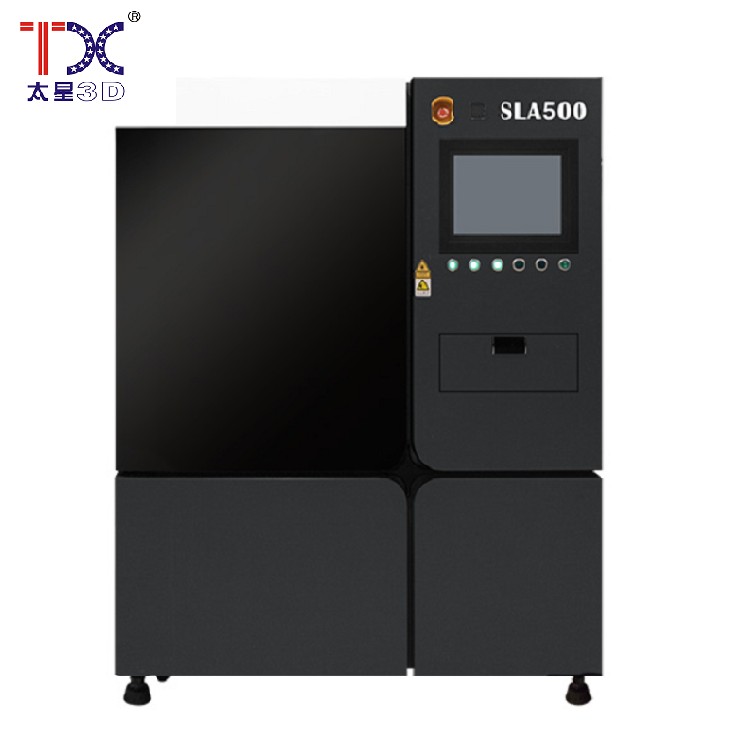 Taisin Light-adoptive 3D printer SLA500
Taisin Light-adoptive 3D printer SLA500 -
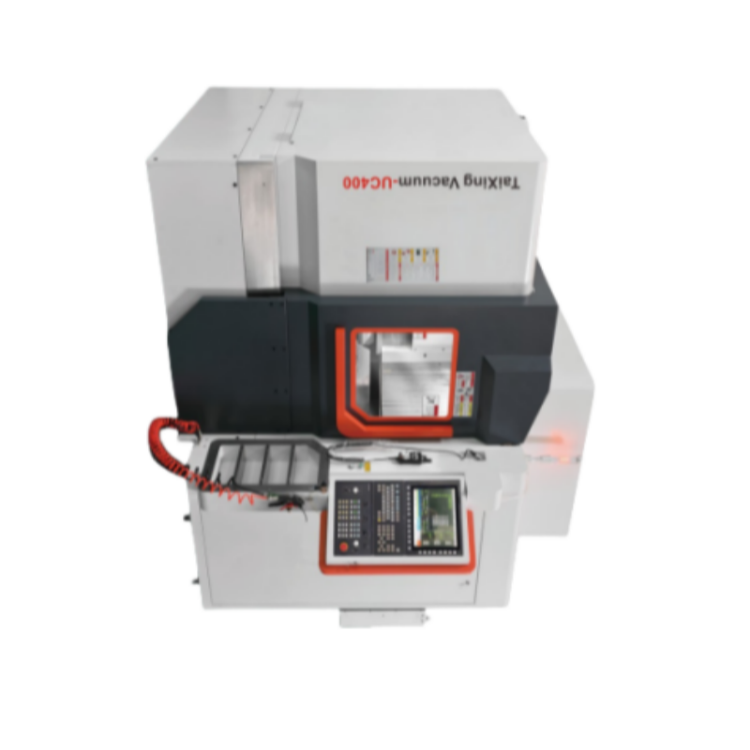 Taisin high-speed five-axis processing center TX-UC400
Taisin high-speed five-axis processing center TX-UC400 -
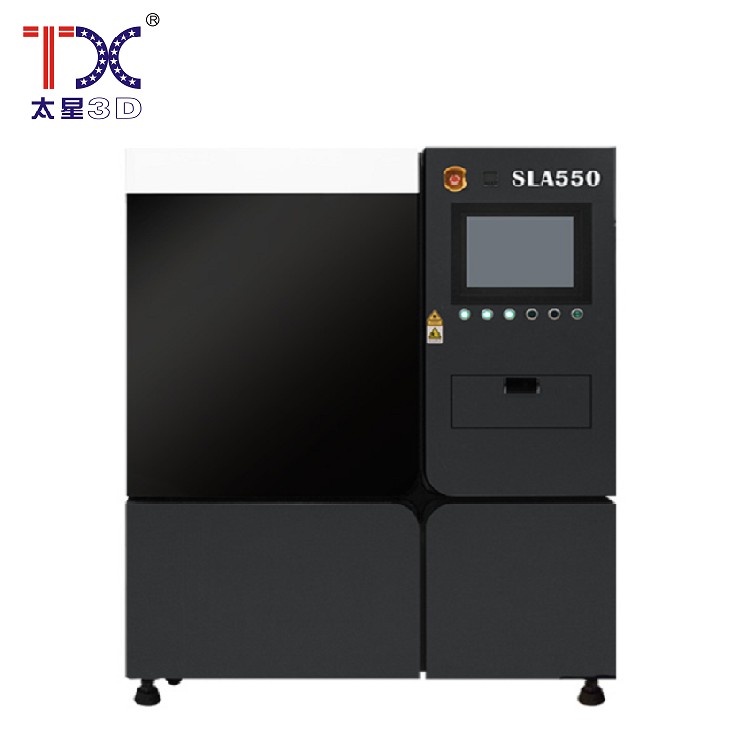 Taisin Light-adoptive 3D printer SLA550
Taisin Light-adoptive 3D printer SLA550 -
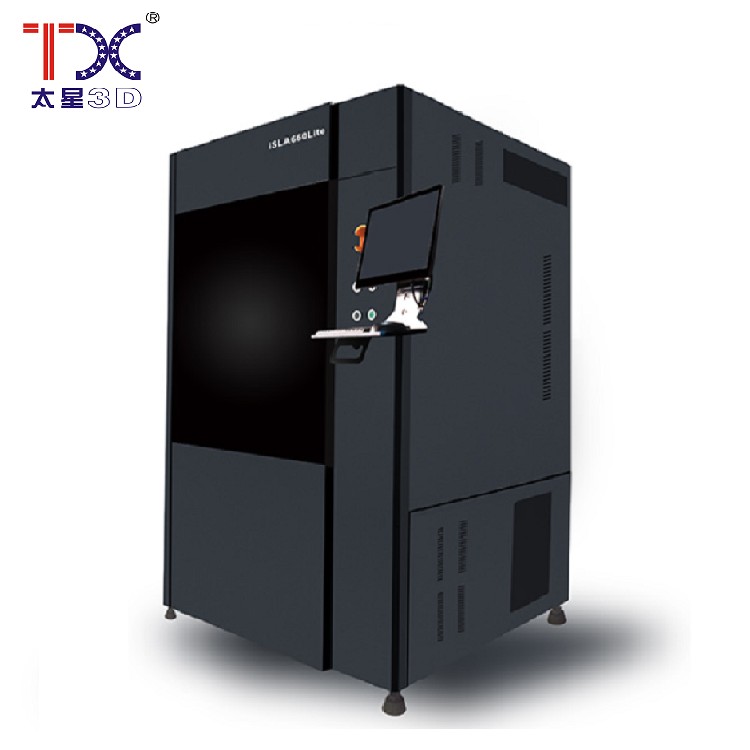 Taisin Light-adopted 3D printer SLA660Lite
Taisin Light-adopted 3D printer SLA660Lite -
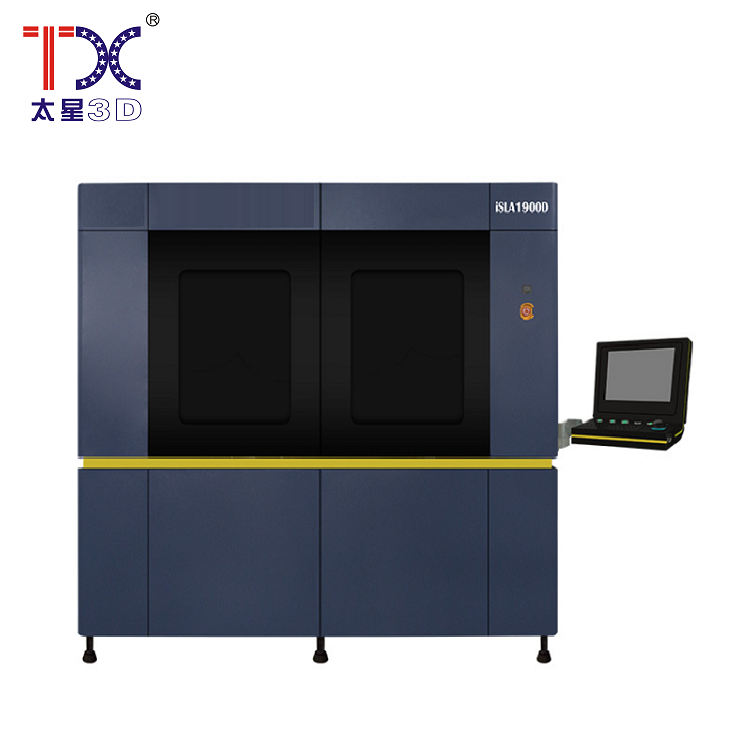 Taisin Light-adoptive 3D printer SLA1900D
Taisin Light-adoptive 3D printer SLA1900D -
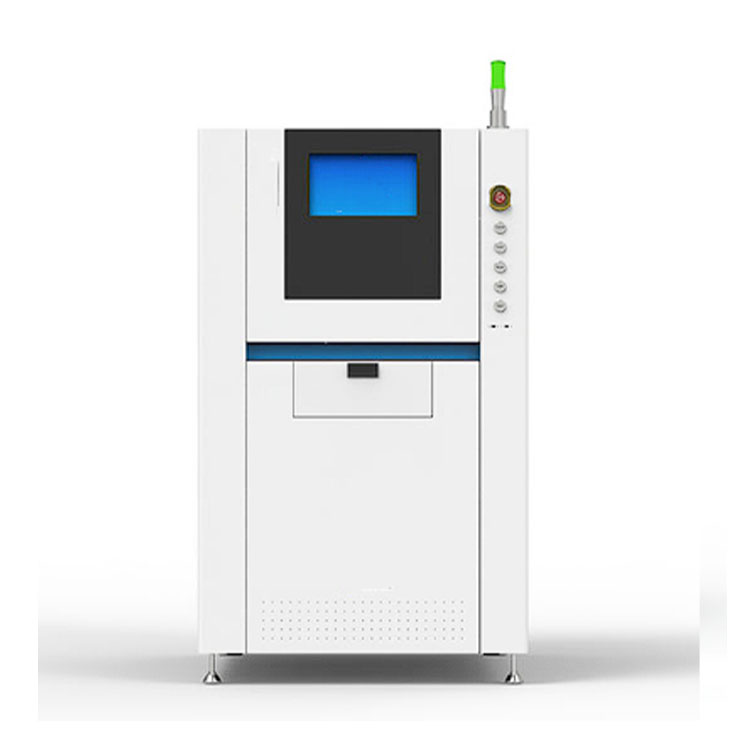 Taisin Metal 3D printer IDEN160
Taisin Metal 3D printer IDEN160 -
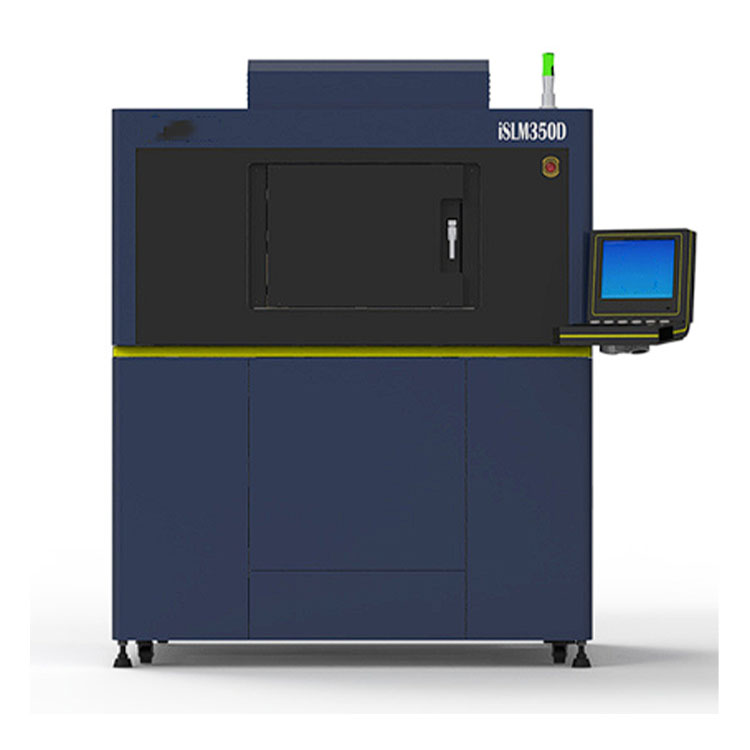 Taisin Metal 3D printer ISLM350D
Taisin Metal 3D printer ISLM350D -
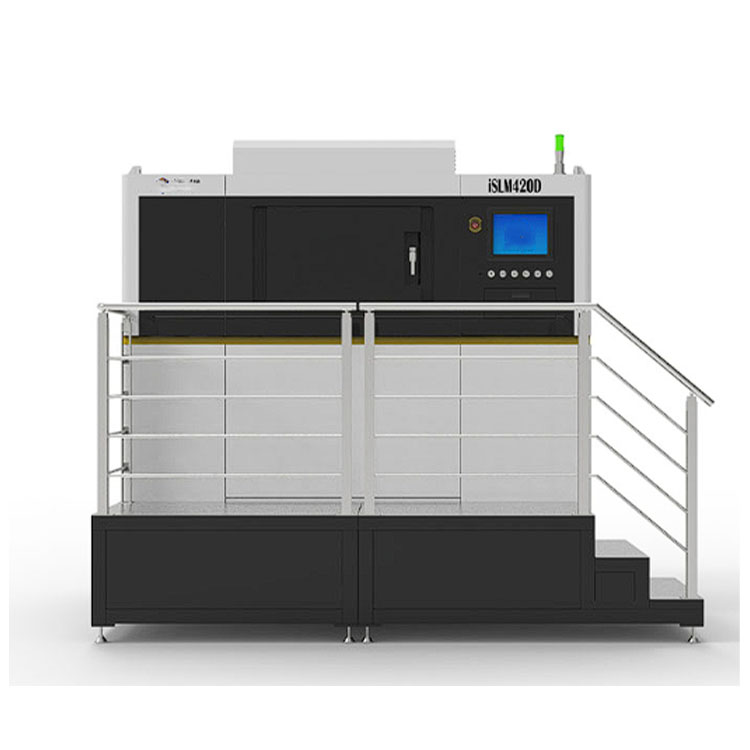 Taisin Metal 3D printer ISLM350DN
Taisin Metal 3D printer ISLM350DN -
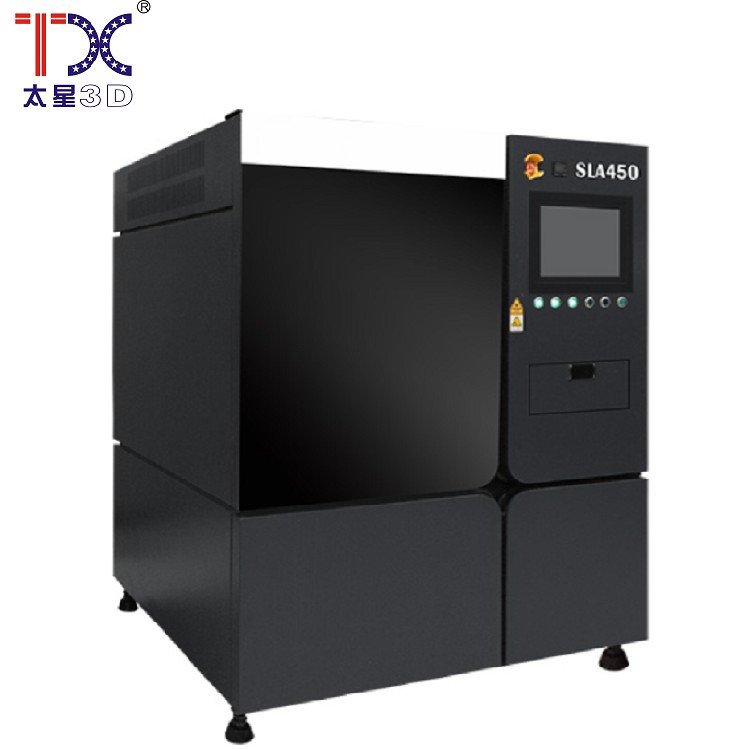 Taisin Light-adoptive 3D printer SLA450
Taisin Light-adoptive 3D printer SLA450 -
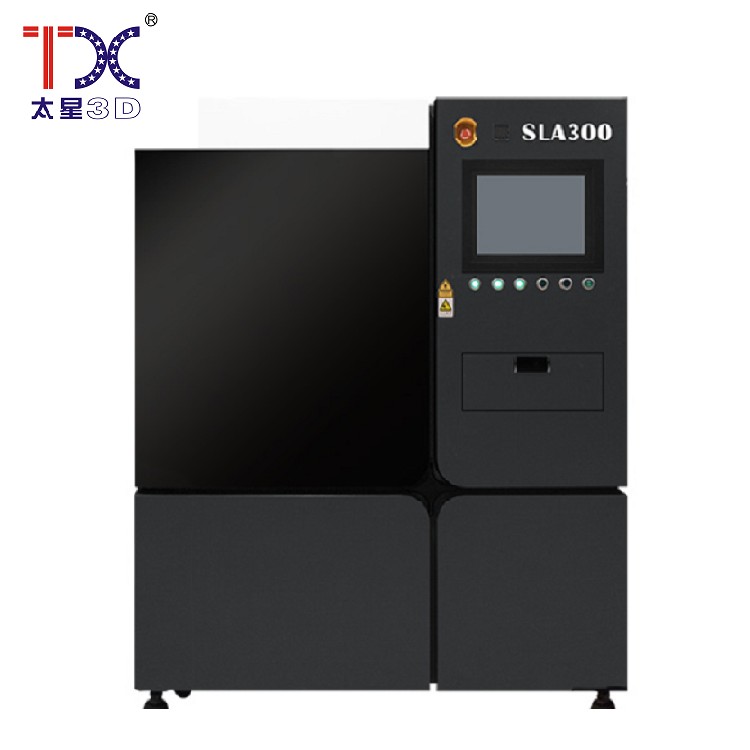 Taisin Light-adoptive 3D printer SLA300
Taisin Light-adoptive 3D printer SLA300 -
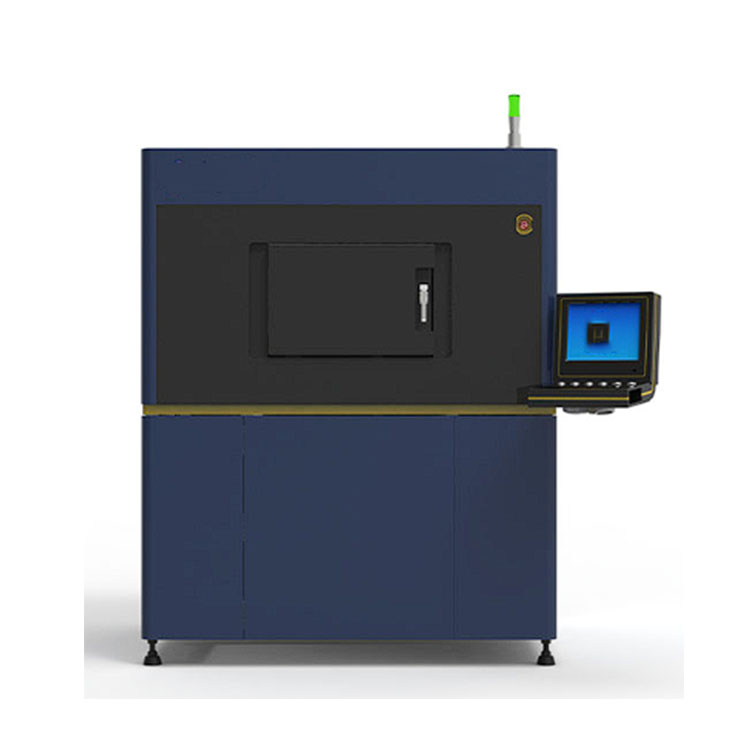 Taisin Metal 3D printer SLM280
Taisin Metal 3D printer SLM280 -
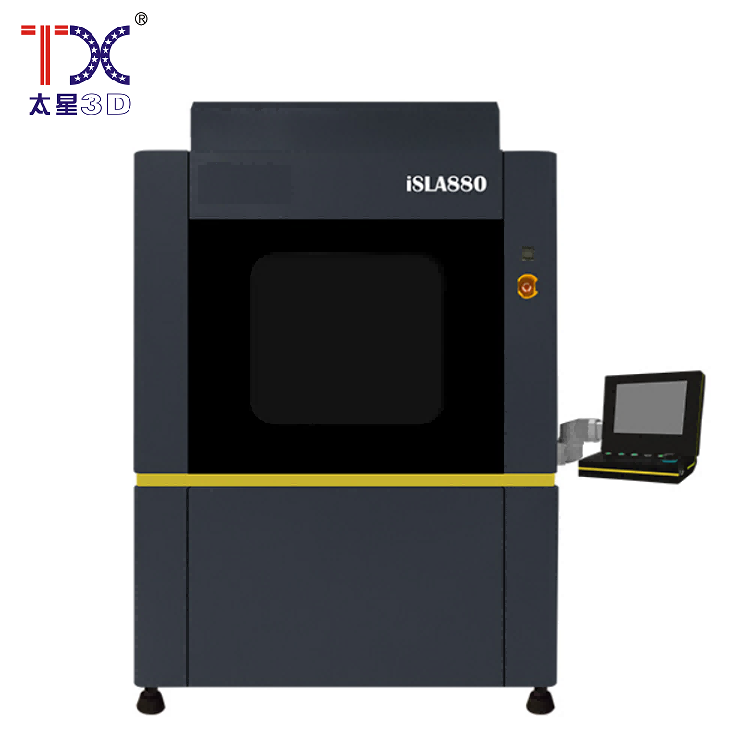 Taisin Light-adoptive 3D printer SLA880
Taisin Light-adoptive 3D printer SLA880
Connectedsearch
Related search- Cheap manufacturers of nylon powder
- Cheap factories of stereolithography 3D printing
- Cheap factories of powder melting technology
- Cheap 5 axes of CNC manufacturers
- Cheap nylon powder factories
- Cheap factories Pyato -Silentic
- China multi -axial CNC machines factories
- Cheap suppliers of six -axis CNC machines
- Manufacturers of durable 5-axis processing centers with CNC for processing surrogates
- Ceramic powder manufacturers from China
